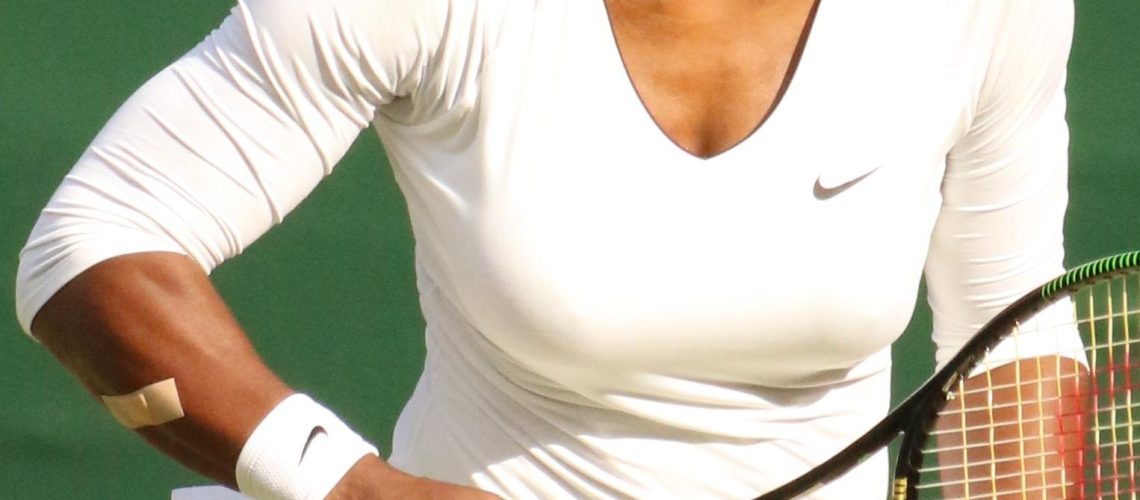We may earn money or products from the companies mentioned in this post.
Introduction

Tennis is a sport that has captivated people for centuries Its origins can be traced back to various early versions of the game, but it has since evolved into the modern sport we know today One of the key elements that make tennis so unique and exciting is the tennis ball This small, yellow sphere plays a vital role in gameplay and undergoes variations based on the different court surfaces
Early Versions of the Game
The roots of tennis can be found in various ancient ball games played by civilizations across the world These early versions involved hitting a ball with either bare hands or primitive tools For example, ancient Egyptians played a game called “stick and ball” where they used their palms to hit a ball made out of tightly woven strips of linen
Evolution to Modern Tennis
Tennis as we know it today began to take shape during the 19th century in England The game was initially known as “lawn tennis” and was primarily played by British aristocrats It quickly gained popularity and spread throughout Europe and eventually reached other parts of the world
The rules and equipment of tennis have undergone significant changes over time The introduction of lawn mower technology allowed for smoother playing surfaces, leading to the development of grass courts The first Wimbledon Championships were held in 1877, marking a milestone in establishing standardized rules for competitive tennis
Importance of the Tennis Ball in the Game
The tennis ball is arguably one of the most crucial components of the game Its characteristics influence not only gameplay but also strategy and player performance
Role in Gameplay
The main objective in tennis is to hit the ball over a net into your opponent’s side without them returning it successfully The tennis ball’s size, weight, and bounce play a significant role in determining the pace and trajectory of each shot Players must adapt their technique and timing to effectively control the ball and outmaneuver their opponents
Variations Based on Court Surfaces
One fascinating aspect of tennis is how different court surfaces can affect the behavior of the tennis ball The three main court types are grass, clay, and hard courts
- Grass courts offer a fast-paced game with low bounce due to the slick surface The tennis ball skids off the grass, making it challenging for players to anticipate its movement
- Clay courts provide slower gameplay as the tennis ball grips onto the surface, resulting in higher bounce and longer rallies Players need to adjust their footwork and strokes accordingly
- Hard courts offer a medium-paced game with consistent bounce The tennis ball interacts differently on different hard court materials such as acrylic or asphalt, influencing player strategies
In conclusion, understanding the history of tennis and recognizing the importance of the tennis ball enhances our appreciation for this captivating sport From its humble origins to its global popularity today, tennis continues to evolve while staying true to its fundamental elements like the vital role played by that small yellow sphere – the tennis ball
Origins of the Tennis Ball

When it comes to the origins of the tennis ball, we can trace its roots back to the early materials used for balls in tennis-like games In those early days, players had to make do with what they had, and that meant utilizing animal products such as leather, hair, and wool These natural materials provided a soft and bouncy surface for the game
As time went on, players began experimenting with different options Wooden balls became popular due to their durability and weight Some players even stuffed cloth into these wooden balls to add an extra layer of cushioning This combination allowed for a more controlled game and improved bounce
The First Documented Use of a Tennis Ball
The first documented use of a tennis ball dates back to the French jeu de paume courts in the 12th century This early form of tennis involved hitting a ball against a wall using bare hands or gloves The ball used during this period was made of various materials like leather or fabric filled with animal hair
However, significant advancements in tennis ball technology came much later with Charles Goodyear’s invention of vulcanized rubber in the 19th century This breakthrough allowed for the creation of a more consistent and durable ball The vulcanization process involved treating rubber with sulfur, resulting in increased elasticity and resilience
In conclusion, understanding the origins of the tennis ball takes us back to simpler times when players made do with animal products like leather and wool Over time, improvements were made using wooden balls stuffed with cloth until finally reaching modern-day advancements through Charles Goodyear’s vulcanized rubber invention
Development and Improvements Over Time

Changes to materials used and manufacturing processes
Throughout the history of tennis, there have been significant changes in the materials used and manufacturing processes of tennis balls One notable milestone was the patent by Charles Goodyear, which revolutionized ball construction His invention replaced stitched seams with moldings, resulting in a more durable and reliable ball
In recent years, advancements in technology have further enhanced the quality of tennis balls The introduction of a modern pressurized air core has significantly improved bounce and durability, allowing players to enjoy a more consistent performance on the court
Advancements in ball design for specific court types
Tennis courts come in various types, such as clay courts and hard courts, each with its unique characteristics To cater to these different playing surfaces, manufacturers have developed specialized ball designs
Regular duty balls are specifically designed for clay courts These balls offer optimal performance on clay surfaces, providing players with better control and spin On the other hand, extra duty balls are designed for hard courts Their durable construction ensures longevity despite the harsh impact on hard surfaces
The introduction of standardized colors: visibility improvements
In addition to material advancements, there have been innovations in the visual aspects of tennis balls to improve visibility during matches Traditionally, white or black balls were used in professional tournaments
However, recognizing the need for better visibility on TV broadcasts and for spectators watching live matches from a distance, the International Tennis Federation (ITF) approved optic yellow as an alternative color for tennis balls This vibrant hue enhances contrast against various court colors and provides greater clarity for players and viewers alike
Common Questions About Tennis Balls And Their Invention

How do manufacturers ensure consistency?
Manufacturers of tennis balls employ various quality control measures during production to ensure consistency across their products These measures include strict adherence to specific manufacturing processes, meticulous testing procedures, and the use of advanced technology to monitor and maintain consistent standards By implementing these practices, manufacturers can guarantee that each tennis ball meets the required specifications for size, weight, bounce, and durability
What is inside a modern-day tennis ball?
Modern-day tennis balls consist of a rubber compound shell filled with pressurized gas The rubber shell helps provide the necessary resilience and durability required for the game while allowing the ball to maintain its shape even after repeated impacts The pressurized gas inside creates the desired level of bounce and responsiveness when struck by players on the court
Why do different playing surfaces require different types of tennis balls?
Different playing surfaces, such as grass, clay, or hard courts, have varying characteristics that can affect how a tennis ball behaves during play For instance, grass courts tend to be softer and faster compared to clay courts which are slower and provide more grip for players’ feet To cater to these surface differences and ensure optimal performance, manufacturers produce tennis balls with variations in felt texture and internal pressure This allows players to adapt their gameplay accordingly based on the unique demands of each playing surface
When did major brands like Wilson, Penn, Slazenger start producing tennis balls?
The involvement of major brands like Wilson, Penn, and Slazenger in producing tennis balls dates back several decades:
-
Wilson:
Wilson Sporting Goods Company, founded in 1913, has been manufacturing tennis balls since the early 20th century They have become one of the most renowned brands in the industry, consistently delivering high-quality tennis balls used by professionals and enthusiasts worldwide -
Penn:
Penn Tennis Balls were first produced in Pennsylvania in 1910 Over the years, Penn has built a strong reputation for their durable and reliable tennis balls Today, they are widely recognized as a trusted brand on both professional and recreational tennis courts -
Slazenger:
Slazenger is an iconic British sporting goods manufacturer that began producing tennis balls in 1902 Their involvement in tennis ball production spans over a century, making them one of the longest-standing brands in the industry Slazenger’s commitment to quality has earned them recognition as an official supplier of tennis balls to prestigious tournaments like Wimbledon
The contributions of these major brands have significantly shaped the development and popularity of tennis by providing players with high-quality equipment that enhances their performance and enjoyment of the game
Useful Links
The History of the Tennis Ball
History of the Tennis Ball
Who Invented Tennis Balls?
Blog:-The-history-of-a-tennis-ball
Tennis ball | sports equipment
Why tennis balls are yellow — or maybe green
How tennis changed from white to yellow balls thanks to David …
The Original Mini Tennis Red 75 Ball
Why Are Tennis Balls Yellow?
Kid Inventor: Tennis Ball Picker-Upper | PBS LearningMedia
When Did Tennis Balls Change From White To Yellow?
TIL Yellow tennis balls were invented by David …
Definition, Examples, and Common Questions About The Ball
How to Choose the Best Tennis Ball?
The tennis ball cans – International Tennis Hall of Fame
Tretorn Ball – 120 years
How the Humble Tennis Ball Has Helped Change the Game
When Did Tennis Balls Become Yellow in Color? A History …
History of the Wilson US Open Tennis Ball – Celebrating 40 …






